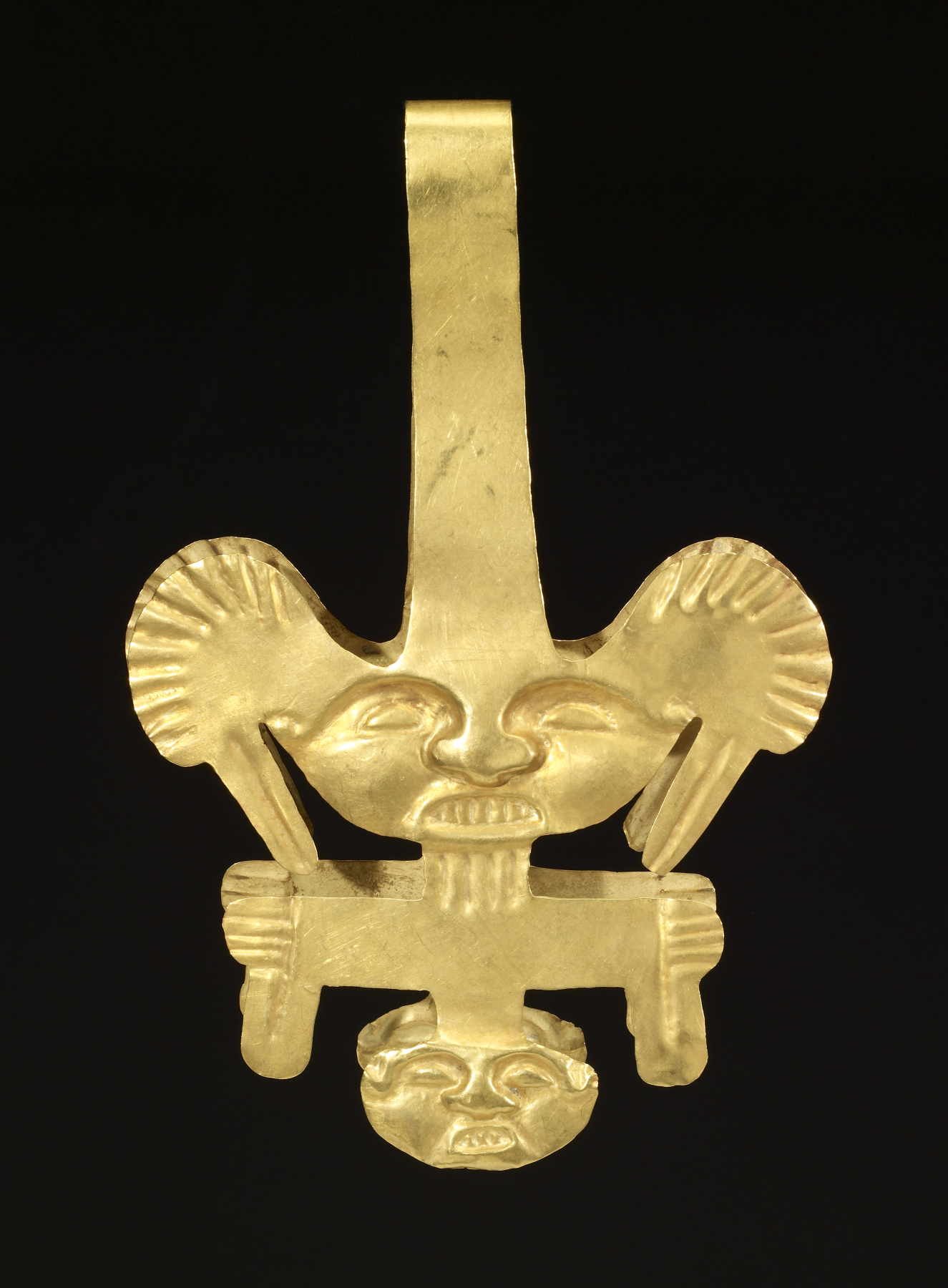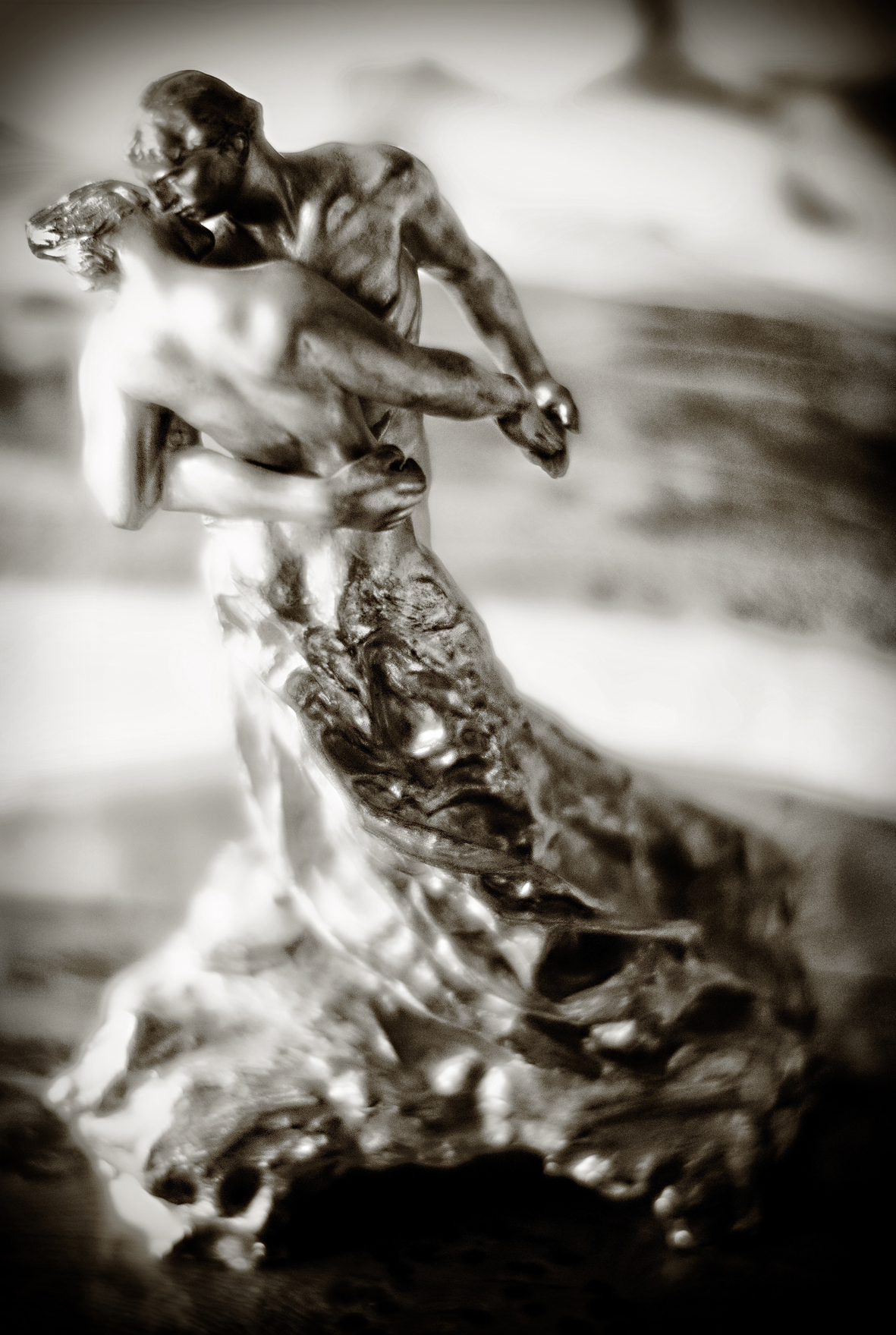|
Helena Benítez De Zapata
Helena Benítez Trejos de Zapata (1915–2009) was a Colombian songwriter, politician, teacher, and journalist. In 1955 Benítez became the first woman to be appointed mayor in Colombia, in her hometown of Riosucio. Many of her songs were recorded by , and her song "Feria de Cali" was made the official song of the Cali Fair in 1987. Biography Early life Benítez was born on 26 June 1915 in Riosucio, Caldas, to Manuel Benítez and Edelmira Trejos. Her father Manuel owned ''El Cordobés'', a conservative newspaper in Riosucio. Early career, first marriage, and mayorality As a young woman Benítez spent three years living as a nun in a convent of the Vincentian Sisters of Charity in Riosucio. On leaving the convent she moved to Ansermanuevo, where she worked as a teacher and met her first husband Jorge López Santacoloma. Benítez moved with López to Manizales, where she again worked as a teacher and in 1948 started writing a column for the newspaper '. She joined the choir o ... [...More Info...] [...Related Items...] OR: [Wikipedia] [Google] [Baidu] |
Riosucio, Caldas
Riosucio is a town and municipality in the department of Caldas in Colombia. It is best known for its biennial carnival, officially called the Carnival of Riosucio but commonly known by its former name of the "Carnival of the Devil", and is one of the biggest and most popular carnivals in Colombia. Located along the Colombian coffee growing axis, the municipality was made part of the "Coffee Cultural Landscape" UNESCO World Heritage Site in 2011. Geography The municipality is located in the west of the department. It is bounded by the municipality of Supía to the east, the municipality of Filadelfia to the south-east, the department of Risaralda to the south and west, and the department of Antioquia to the north. The total area of the municipality is 429.1 km2. The town of Riosucio lies at an altitude of 1783 meters above sea level, 91 km west of the departmental capital Manizales. Climate The average temperature is all year round. Carnival of Riosucio Rios ... [...More Info...] [...Related Items...] OR: [Wikipedia] [Google] [Baidu] |
Cali
Santiago de Cali (), or Cali, is the capital of the Valle del Cauca department, and the most populous city in southwest Colombia, with 2,280,522 residents estimate by National Administrative Department of Statistics, DANE in 2023. The city spans with of urban area, making Cali the second-largest city in the country by area and the List of cities and towns in Colombia, third most populous. As the only major Colombian city with access to the Pacific Coast, Cali is the main urban and economic center in the south of the country, and has one of Colombia's fastest-growing economies. The city was founded on 25 July 1536 by the Spanish explorer Sebastián de Belalcázar. As a sporting center for Colombia, it was the host city for the 1971 Pan American Games. Cali also hosted the 1992 World Wrestling Championships, the World Games 2013, 2013 edition of the World Games, the UCI Track Cycling World Championships in 2014, the IAAF World Youth Championships in Athletics, World Youth Champi ... [...More Info...] [...Related Items...] OR: [Wikipedia] [Google] [Baidu] |
Colombian Journalists
Colombian may refer to: * Something of, from, or related to the country of Colombia * Colombians, persons from Colombia, or of Colombian descent **For more information about the Colombian people, see: *** Demographics of Colombia *** Indigenous peoples in Colombia, Native Colombians *** Colombian American ** For specific persons, see List of Colombians * Colombian Spanish, one of the languages spoken in Colombia ** See also languages of Colombia * Colombian culture * Colombian sheep, a sheep breed * Colombian necktie * Columbians Drum and Bugle Corps, based in Pasco, Washington * Colombians, a 2017 instrumental Gorillaz track, released in the Super Deluxe boxset of " Humanz." See also * * * Christopher Columbus (1451–1506), Italian explorer after which Colombia was named * Coffee production in Colombia * Colombia (other) * Colombiana (other) * Colombina (other) * Colombino (other) * Colombine (other) * Columbia (disa ... [...More Info...] [...Related Items...] OR: [Wikipedia] [Google] [Baidu] |
2009 Deaths
This is a list of lists of deaths of notable people, organized by year. New deaths articles are added to their respective month (e.g., Deaths in ) and then linked below. 2025 2024 2023 2022 2021 2020 2019 2018 2017 2016 2015 2014 2013 2012 2011 2010 2009 2008 2007 2006 2005 2004 2003 2002 2001 2000 1999 1998 1997 1996 1995 1994 1993 1992 1991 1990 1989 1988 1987 1986 Earlier years ''Deaths in years earlier than this can usually be found in the main articles of the years.'' See also * Lists of deaths by day * Deaths by year (category) {{DEFAULTSORT:deaths by year ... [...More Info...] [...Related Items...] OR: [Wikipedia] [Google] [Baidu] |
1915 Births
Events Below, the events of World War I have the "WWI" prefix. January *January – British physicist Sir Joseph Larmor publishes his observations on "The Influence of Local Atmospheric Cooling on Astronomical Refraction". *January 1 ** WWI: British Royal Navy battleship HMS Formidable (1898), HMS ''Formidable'' is sunk off Lyme Regis, Dorset, England, by an Imperial German Navy U-boat, with the loss of 547 crew. **WWI: Battle of Broken Hill: A train ambush near Broken Hill, Australia, is carried out by two men (claiming to be in support of the Ottoman Empire) who are killed, together with four civilians. * January 5 – Joseph E. Carberry sets an altitude record of , carrying Capt. Benjamin Delahauf Foulois as a passenger, in a fixed-wing aircraft. * January 12 ** The United States House of Representatives rejects a proposal to give women the right to vote. ** ''A Fool There Was (1915 film), A Fool There Was'' premières in the United States, starring Theda Bara as a '' ... [...More Info...] [...Related Items...] OR: [Wikipedia] [Google] [Baidu] |
El Colombiano
''El Colombiano'' () is the leading newspaper in Antioquia Department in Colombia whose headquarters are located in Medellín. The first edition of this newspaper was published on February 6, 1912, which only had one page, 13 advertisements, but no news articles. In 1976, the first color pictures were added and in 1980, the content of this newspaper changed from 8 to 6 columns. On February 16, 2001, it was released with its current layout. ''El Colombiano'' is part of Periódicos Asociados Latinoamericanos ( Latin American Newspaper Association), an organization of fourteen leading newspapers in South America South America is a continent entirely in the Western Hemisphere and mostly in the Southern Hemisphere, with a considerably smaller portion in the Northern Hemisphere. It can also be described as the southern Subregion#Americas, subregion o .... See also * '' El Mundo'' External links El Colombiano official website El Colombiano / English Antioquia section New ... [...More Info...] [...Related Items...] OR: [Wikipedia] [Google] [Baidu] |
El País (Cali)
''El País'' () is a regional daily newspaper based in Cali, Colombia Colombia, officially the Republic of Colombia, is a country primarily located in South America with Insular region of Colombia, insular regions in North America. The Colombian mainland is bordered by the Caribbean Sea to the north, Venezuel ..., and leading newspaper of the Colombian Pacific Region. ''El País'' is a member of the Latin American Newspaper Association. References Newspapers established in 1950 Newspapers published in Colombia Spanish-language newspapers Mass media in Cali {{Colombia-newspaper-stub ... [...More Info...] [...Related Items...] OR: [Wikipedia] [Google] [Baidu] |
Waltz
The waltz ( , meaning "to roll or revolve") is a ballroom dance, ballroom and folk dance, in triple (3/4 time, time), performed primarily in closed position. Along with the ländler and allemande, the waltz was sometimes referred to by the generic term German Dance in publications during the late 18th and early 19th centuries. History There are many references to a sliding or gliding dance, including ''volte'', that would evolve into the waltz that date from 16th-century Europe, including the representations of the Printmaking, printmaker Sebald Beham, Hans Sebald Beham. The French philosopher Michel de Montaigne wrote of a dance he saw in 1580 in Augsburg, where the dancers held each other so closely that their faces touched. Kunz Haas (of approximately the same period) wrote, "Now they are dancing the godless ''Weller'' or ''Spinner''."Nettl, Paul. "Birth of the Waltz." In ''Dance Index'' vol 5, no. 9. 1946 New York: Dance Index-Ballet Caravan, Inc. pages 208, 211 "The ... [...More Info...] [...Related Items...] OR: [Wikipedia] [Google] [Baidu] |
Cumbia (Colombia)
Cumbia () is a folkloric genre and dance from Colombia.Cheville, Lila, Festivals and Dances of Panama, Panamá: Litho Impresora Panamá, 1977. 187 p.; 22 cm. Page 128-133 The cumbia is the most representative dance of the coastal region in Colombia, and is danced in pairs with the couple not touching one another as they display the amorous conquest of a woman by a man. The couple performing cumbia dances in a circle around a group of musicians, and it involves the woman holding lit candle(s) in her right hand that she uses to push the man away while she holds her skirt in her left. During the dance, the partners do not touch each other, and the man dances while holding a '' sombrero vueltiao'' that he tries to put on the woman's head as a representation of amorous conquest. This dance is originally made to depict the battle that the “black man had to fight to conquer an indigenous woman”. The story continues and the dance shows that this leads to a new generation and is dep ... [...More Info...] [...Related Items...] OR: [Wikipedia] [Google] [Baidu] |
Pasodoble
Pasodoble ( Spanish: ''double step'') is a fast-paced Spanish military march used by infantry troops. Its speed allowed troops to give 120 steps per minute (double the average of a regular unit, hence its name). This often was accompanied by a marching band, and as a result of that, the military march gave rise to a modern Spanish musical genre and partner dance form. Both voice and instruments, as well as the dance then began to develop and be practiced independently of marches, and also gained association with bullfighting due to the genre being popular as an instrumental music performed during bullfights. Both the dance and the non-martial compositions are also called pasodoble. Structure All pasodobles have binary rhythm. Its musical structure consists of an introduction based on the dominant chord of the piece, followed by a first fragment based on the main tone and a second part, called "the trío", based on the sub-dominant note, based yet again on the dominant ch ... [...More Info...] [...Related Items...] OR: [Wikipedia] [Google] [Baidu] |



